Top blog articles
A roof is much more than just shingles and rain gutters. Roof sheathing, aka roof decking, is perhaps the most important component of your house roofing system. If you’re a homeowner and are experiencing a roof issue, you’ll need to understand all about roof sheathing and its importance. This blog will help you learn what exactly it is, and what it does.
What is roof sheathing?
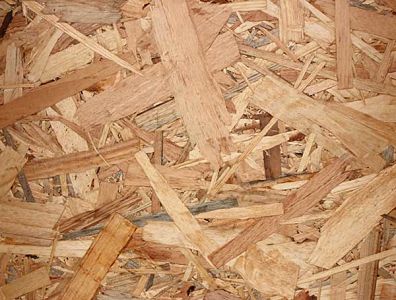
Roof sheathing refers to the layer of wood boards that’s attached to your roof’s trusses and joists to form the structural skin of the roof. The shingles are then attached to these planks. Basically, a roof decking supports the rest of the roof.
A sheathing is usually made of either an oriented strand board (OSB) or plywood. While both the roofing materials are made of wood, OSB is lighter and less expensive. Plywood is heavier but very durable. Most roofing contractors prefer using OSB unless they’re working with heavy roofing tiles such as slate or concrete tiles. In which case, it’s better to work with plywood.
What is the minimum thickness of roof sheathing?
The minimum thickness for roof sheathing is ⅜”. The roof substrate should be necessarily thicker than this measure. Roofers generally use 8d common nails to fix the sheathing and the panel edges. These nails are 2 ½ inches long and 131/1000 inches wide in diameter, approximately.
Keep in mind that the sheathing thickness depends on how far apart the rafters or trusses are spaced, and on the roof decking rating. For example, different types of plywood that may be of the same thickness can be rated for different spans. That’s why it’s important to understand the labels on the actual panel.
Expert roofers recommend a thickness of ⅝”. Anything less than this is much more likely to bow between framing. It could potentially compromise your exterior roof material.
What does roof sheathing do?

The most important function of roof sheathing is to provide strength to your roof. The sturdy support system helps to build the entire roof system. Some of its other benefits include:
Helping stop roof leaks
Most homeowners found that sheathing protects their roofs from leaks. For example, asphalt shingle roofs today come with weatherproofing treatments, but still, the additional layer gives the roof further protection against the elements such as snow and high wind. Moreover, it helps prolong a roof’s lifespan and keeps your home safe from water damage.
Supporting your roof
Since roof sheathing distributes weight evenly across the roof, it ensures that there’s no bowing or sagging due to heavy loads such as snow or precipitation. It also helps your roof to hold up the heavy asphalt shingles.
Providing fire protection
While roof sheathing is not 100% fireproof, it does help prevent fire. The reason is that most materials these days come with a fire retardant treatment. They can resist fire to a large extent.
OSB vs. plywood: Pros and cons
Whether you’re constructing a new house, repairing a roof, or completing a roof replacement, you need good roof sheathing or underlayment for the project.
The two most common roof sheathing materials are oriented strand board (OSB) and plywood board. Made of wood, with glues and resins, these come in various sizes. To help you find the ideal choice between plywood or OSB for your home improvement project, here are the pros and cons of both so that you can make a more informed decision.
Plywood
| Pros | Cons |
| Available in different sizes and finishes | Expensive option |
| Does not swell due to water | Not as environmentally friendly |
| Does not contain formaldehyde | Potentially not as durable |
| Smaller panels |
Oriented Strand Board (OSB)
| Pros | Cons |
| Less expensive option | May swell with water |
| Larger, heavier, thicker panels | Lacks a finished appearance |
| More environmentally friendly | Cannot be painted |
| Versatile | Contains formaldehyde |
How do you know if it’s time to replace your sheathing?
One of the most common reasons to replace roof sheathing is when it becomes outdated or damaged — affecting the performance of your entire roof. Unfortunately, because roof decking remains hidden beneath the roof shingles, it gets difficult to detect any damage easily.
The problem becomes easier to deal with if you know when to look and what to look for. Here are a few signs that will tell you that it’s time to replace your roof sheathing.
- Broken sheathing boards — may be because of a tree branch or limb falling on the roof.
- Sagging roofline — with visible sawdust and broken parts in the attic.
- Water damage — with visible leaks, puddles, or water stains in your ceiling.
- Damage due to wood rot.
- Light coming into the house through holes in the roof.
- Sagging ceiling or roofline
If you see any of these signs of sheathing damage, it’s time to call a professional.
Read more: How to insulate an attic
Last thoughts
A majority of homeowners may think that a roof is made of only trusses and shingles but it’s not the case. This roof covering layer is what actually keeps it all together. It gives strength and longevity to your roof. Without a well-maintained sheathing, your roof may not be as hardy as you’d want it to be.
Read more: How roofing can improve home value
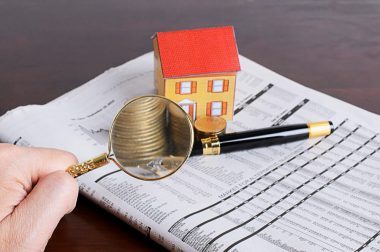






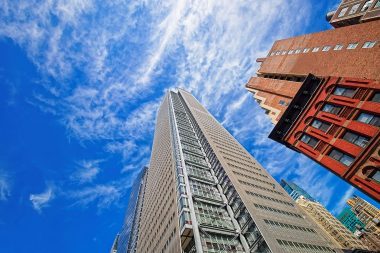
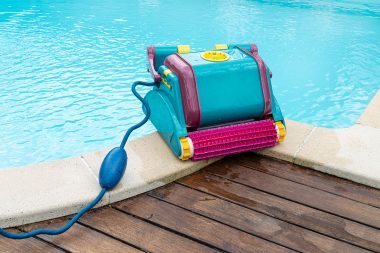
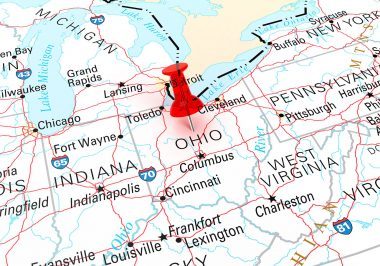
Your opinion matters, leave a comment